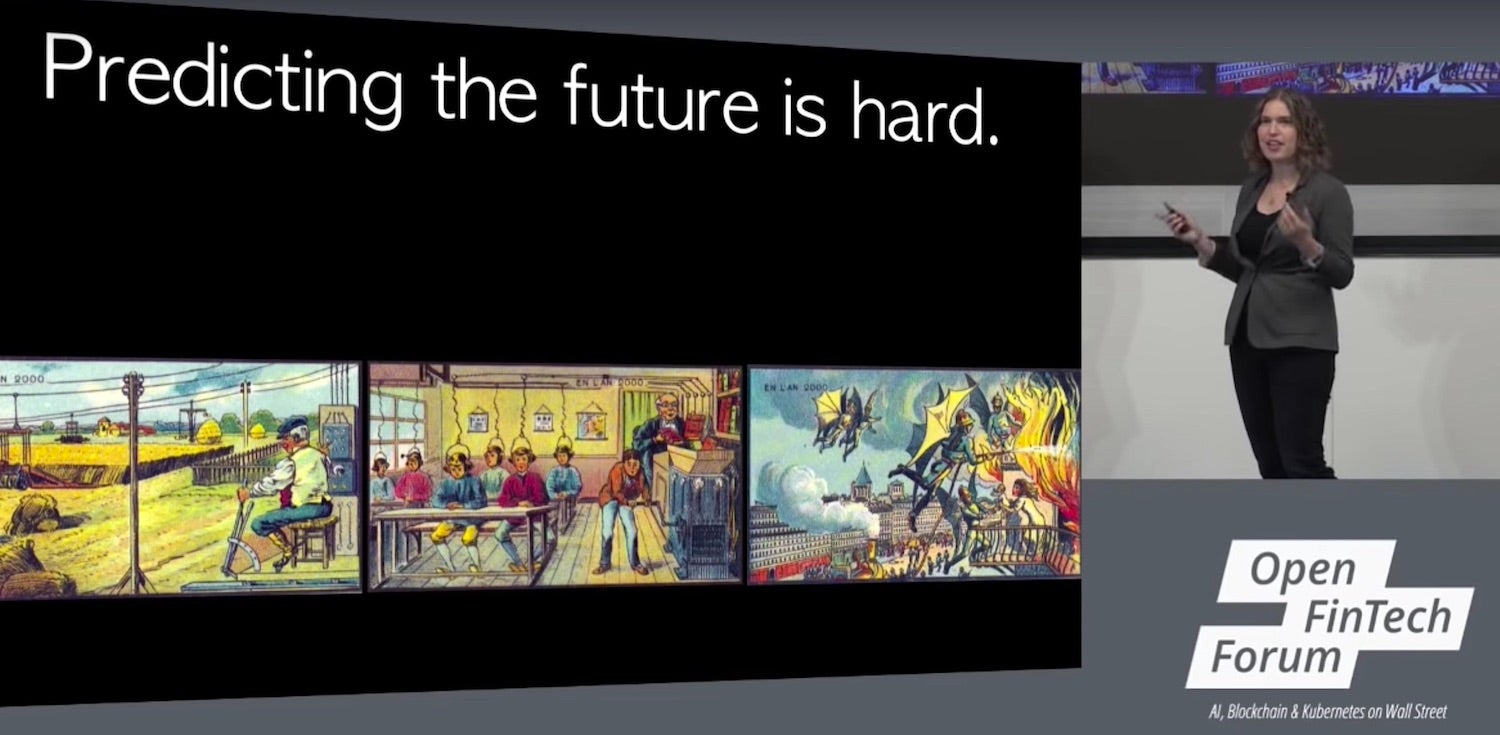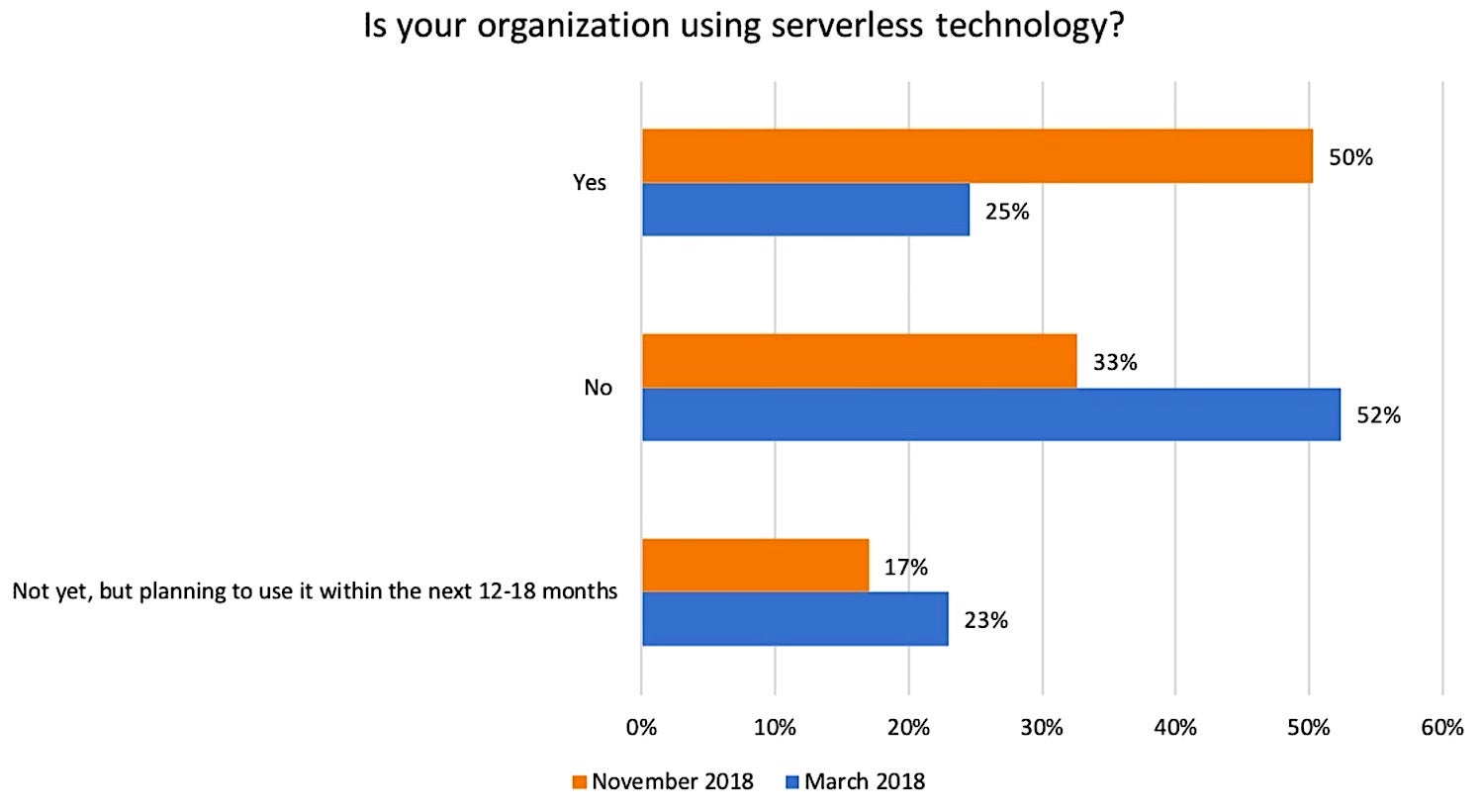Most anyone who has developed web applications knows the acronym LAMP, which is used to describe web stacks made with Linux, Apache (web server), MySQL (database server), and PHP, Perl, or Python (programming language).
Another web-stack acronym has come to prominence in the last few years: MEAN—signifying a stack that uses MongoDB (database server), Express (server-side JavaScript framework), Angular (client-side JavaScript framework), and Node.js (JavaScript runtime).
MEAN is one manifestation of the rise of JavaScript as a “full-stack development” language. Node.js provides a JavaScript runtime on the server; Angular and Express are JavaScript frameworks used to build web clients and Node.js applications, respectively; and MongoDB’s data structures are stored in a binary JSON (JavaScript Object Notation) format, while its queries are expressed in JSON.
In short, the MEAN stack is JavaScript from top to bottom, or back to front. A big part of MEAN’s appeal is this consistency. Life is simpler for developers because every component of the application—from the objects in the database to the client-side code—is written in the same language.
Read more at InfoWorld


